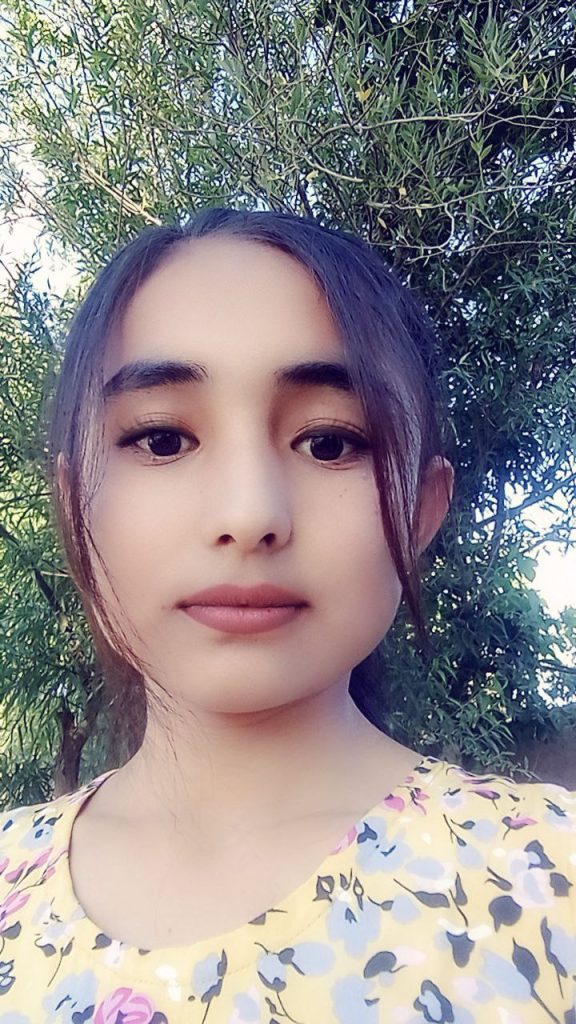Experiment to Determine the Extent of my Country’s Infertility
[Aim]: To demonstrate that my country is blessed with the fecundity of a twice castrated eunuch.
[Apparatus]: Specimens A-C, a concentrated acid, a stethoscope, a blindfold, three tins, a passport, a scanner
[Test #1]
Specimen A is a loyal patriot. A highly concentrated acid was splashed on him & he was left undisturbed for some moments. No visible reaction was observed.
[Inference]: What is dead can never die again. Every patriotic citizen in my country is now a sepulchre that temples the withering bones of the dreams of a lofty country they once cradled.
[Test #2]
Specimen B is a young man. A thick blindfold was used on him until his eyes morphed into a bat’s. Three tins were placed in front of him, but only one of them had a passport. Seven times the tins were juggled around, but each time he picked the one with the passport.
[Inference]: My country is said to be one of the largest in the continent, still nearly every young man & woman wants to jàpà.
[Test #3]
Specimen C is a regular national. A scanner was used to screen her neck & wrists, but nothing was found. When used on her waist, however, a special bead was detected.
[Inference]: You’ll either find a crucifix or some prayer beads dangling from my countrymen’s necks or good luck charms as wristbands or some other apotropaic hung as scarecrow on other parts of the body. It’s not their fault; the country has devised a thousand ways of devouring them– if they don’t end up like chicks on a kite’s firm grip with their only ticket to salvation being the amount their kinsmen can rally as ransom, you’ll find their corpses decorated with bullets, or still they’d end up being remembered as part of a figure, say the number of casualties of yet another crisis.
- Jàpà: Nigerian slang meaning emigration
In Breaking My Creative Block
today the muse came, her presence musicing itself into the direful world of my
heart’s silence. i first heard her whisper, a gentle feather of a sound, teasing the
labyrinths of my ear with its enigmatic fragility. her warm touch on the nape of
my neck ripples down my spine & culminates at my groin as the tender
beginnings of an arousal. it’s just a drizzle but a desert will worship the only
water it has seen in a long time. i’ve played this game for a long time, so I know
better than to scare her off. i do not take her under me immediately, but to the open
fields of my mouth. there’s a mixing, a thorough blending until my taste buds
become branded with her signature. my tongue knows the taste of her essence now,
the fragrance of it diffusing into all the corners of my cerebrum. she is at home in me
& i know this because of the wetness soaking all the way from her into me. the desert
in me is gradually dissolving into a forest. my hands take the cue, pushing their way
into the suppleness of her body, my fingers thawing at the icy rigidity of her flesh, so
that more wetness will break into my arid grounds. her body obeys the commands of
my fingers, softening at their lubricating grace. her heart can no more contain the
melody, spilling it into the streams of her mouth. her mouth, too, cannot stand the
pressure & she moans the secrets that soon grow into echoes, reverberating in the
void silence of my head. my head is full now, full of the secrets, full of her. the
borders of my mind are completely tumescent. let the union begin.

